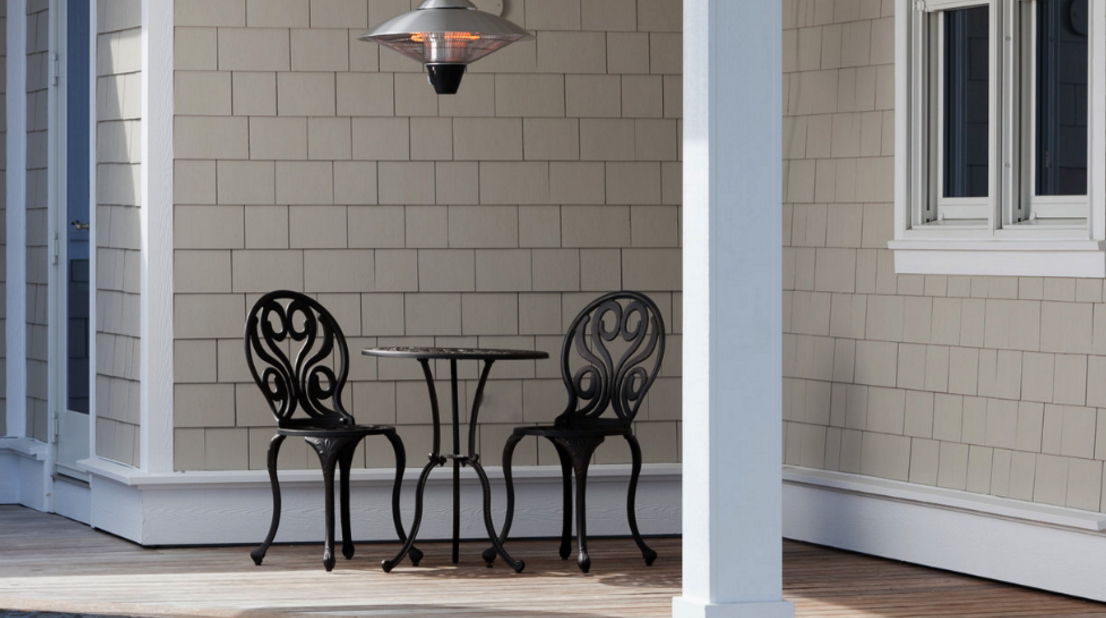If you’re looking to add some extra useable space to your swimming pool area in Dutchess County, NY, a deck or a patio can provide a solution, but how do you know which one is right for you? In this article we’ll weigh up the pros and cons of each to help you decide based on your own unique requirements.
Costs
As a rule of thumb, decking is usually less expensive than installing a paver or stone patio. This is of course dependent on the size of the job, the materials used and any special features you’d like included. On the other hand, decks come with the hidden cost of ongoing maintenance. Decks will need to be stained and sealed every two to three years, unless you choose more expensive plasticized timber. Plastic impregnated wood and plastic composite decking is always an option, but this will significantly increase the price and what you make up for in time spent on maintenance, you lose in the appearance of authenticity. A permanent concrete paver or natural stone patio feature will add higher resale value to your house.
Maintenance
Concrete or stone patios come in at a definite first place when it comes to low maintenance. A solid patio with concrete pavers will often last a lifetime (if installed correctly with high quality materials) and the only maintenance you’ll usually ever have to do is the occasional hose down with a high-pressure cleaner. By comparison, the average lifespan of a wooden deck without maintenance is only seven to eight years. As mentioned, unless you go for more expensive synthetic timber, decking will require regular staining, sealing and the replacement of rotten or broken boards. Related: Not All Trex Decking is Made the Same.
Loading Capacity
It should come as no surprise that decking loses this round. If you’re planning on adding a hot-tub, hosting crowded parties, or using excessively heavy cooking equipment, decking probably won’t hold up. If you do require decking to be able to withstand heavier loads, you can always have a reinforced design specially engineered at a cost, but you might be risk lowering aesthetic appeal.
Tricky Terrain
This is where decking really comes in handy. Tricky landscapes and sloping backyards can become usable space with both decking, pavers, or stone. From a cost, time, and ease, decking wins. Where building a paver or stone patio requires extensive preparation and earth-moving equipment, decking can often be built around any terrain with relatively little hassle. Roots, rocks, and wet or loose ground provide no obstacle for decking. For a more natural and permanent look, multi-levelled concrete paver or natural stone designs are also very possible in these types of areas.
Ground Level
If your pool area is relatively flat and you’re looking to add extra space at ground level, a concrete paver or natural stone patio is definitely the way to go. Ground level decking is possible, but inevitably runs into problems brought about by rot and lack of air-circulation along the underside. These issues would only be exacerbated by the decks proximity to your swimming pool. Because a paver or stone patio is a solid structure, mold and damp pose no problems at ground level.
So, which is best for you: paver/stone patio or decking?
Your budget, time available for maintenance, capacity requirements, and slope of your outdoor spaces should all help you to decide which option is best for you, but you might also consider which option best suits the architecture of your house and style themes of your landscaping. Whatever you decide, both are sure to be enjoyed by you and your family and will both add value to your property.





